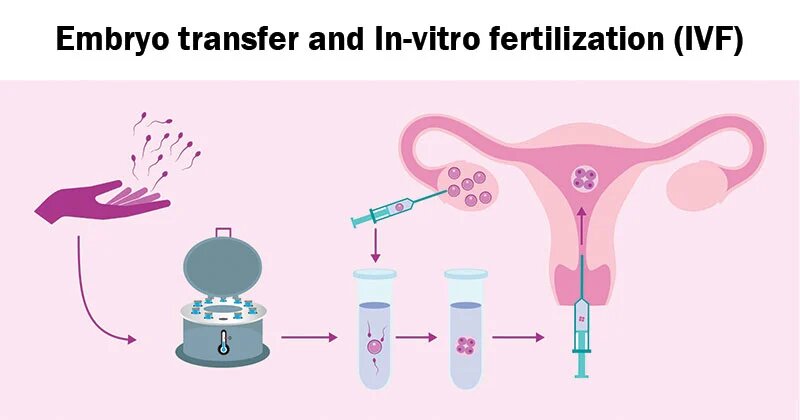We must explain to you how all seds this mistakens idea off denouncing pleasures and praising pain was born and I will give you a completed accounts of the system and expound.
123/A, Miranda City Likaoli Prikano, Dope United States
+0989 7876 9865 9
Vitrification is a process that transforms eggs, embryos and sperms into a glassy vitrified state to be stored for future use. It is a fast-freezing process in which the glassy state retains the normal molecular and ionic distribution of the liquid state. Since it avoids intracellular extracellular ice formation, vitrification is safer to freeze eggs, embryos, and sperms.
The process of embryo vitrification utilizes the following steps-
Once the embryos are vitrified, they can last forever. When a couple wants to conceive, the vitrification process is reversed. The glassy vitrified embryos are allowed to warm back to room temperature for rehydration. Since the embryos are not technically frozen, warming them for a short time and placing them back in the incubator makes them available for helping women attain pregnancy.
Research suggests that the success rate of the IVF cycle is more when frozen embryos are used as compared to fresh embryos.
When a fresh embryo is transferred during IVF, the hormones taken by the women to stimulate egg production are still in the body. However, when a frozen embryo is transferred, the female body gets the time to return to the normal hormonal level. It could be one possible reason why frozen embryo transfer has a higher success rate.
Research suggests that the success rate of the IVF cycle is more when frozen embryos are used as compared to fresh embryos.
